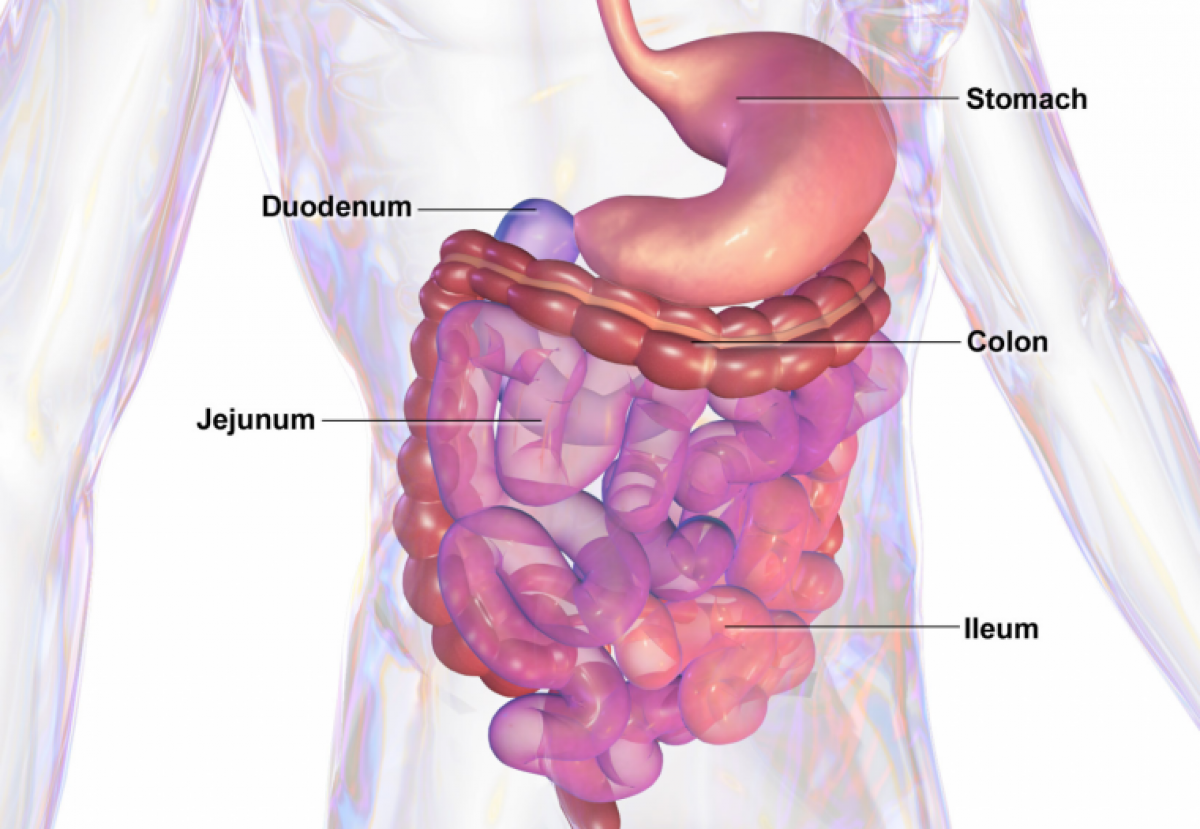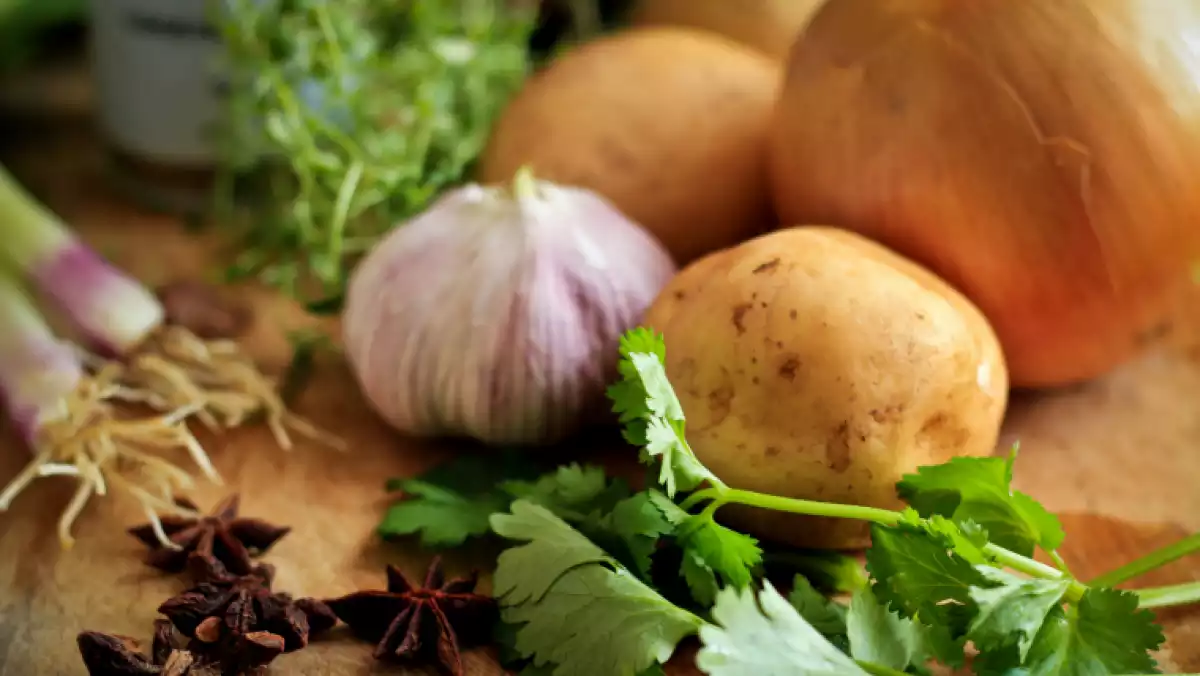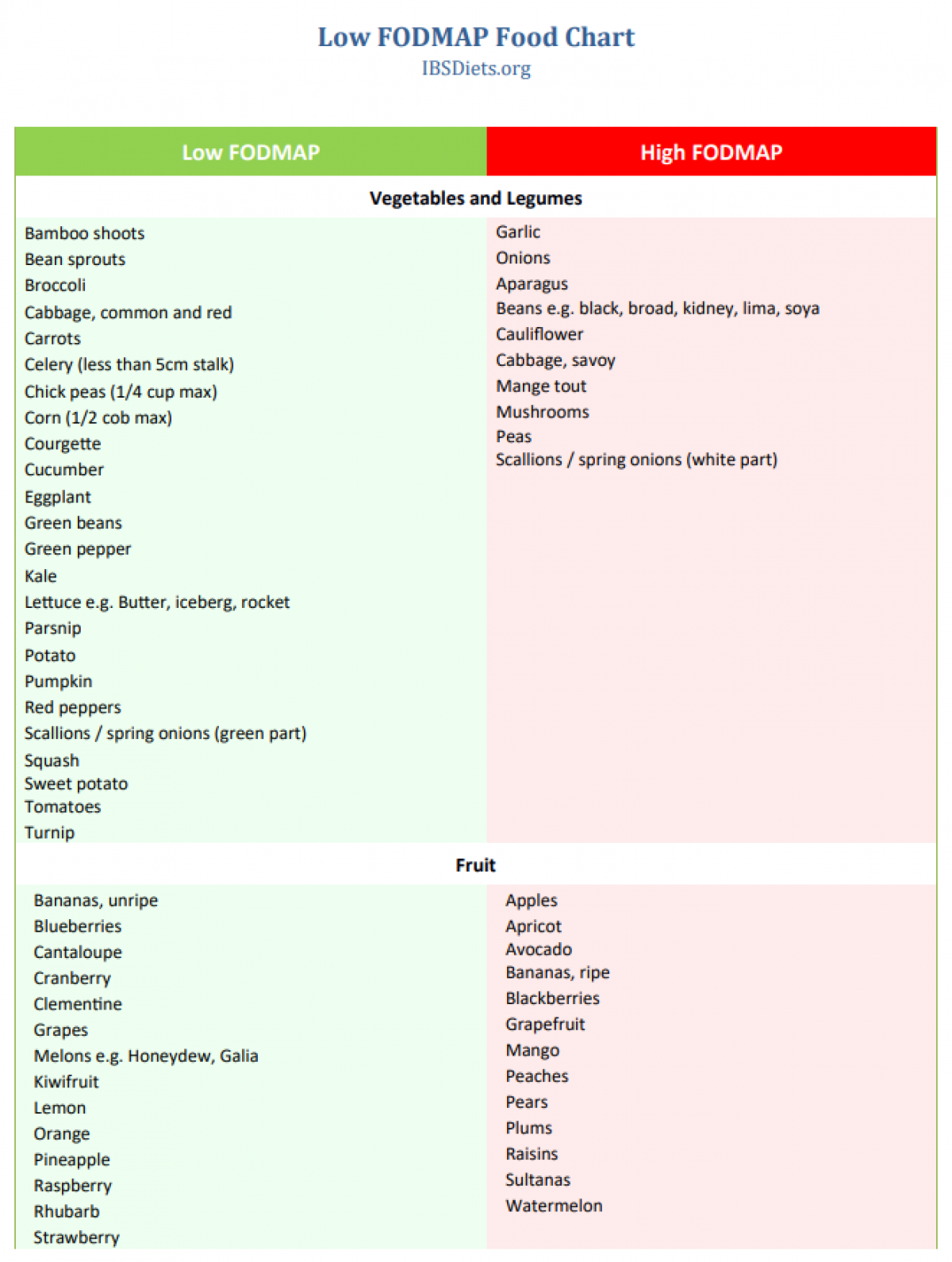One of the alternative treatments for dealing with irritable bowel symptoms is committing to a low FODMAP diet. This food guideline consists of reducing and eliminating the consumption of certain simple carbohydrates that are not well assimilated in people suffering from irritable bowel syndrome.
Before embarking on this diet, it is essential to know with certainty that you have irritable bowel syndrome as this diet may end up harming you. It is advisable to contact your health care professional or a dietician to make sure that you are on the right track and getting enough dietary nutrients that you can consume. Below we aim to explain what a low FODMAP diet is, what foods are related to it and how to carry it out.
What is the FODMAP diet?
The FODMAP concept refers to a group of five sugars present in certain foods. FODMAP stands for Fermentable, Oligosaccharides, Disaccharides, Monosaccharides, and Polyols, which are short-chain carbohydrates and sugar alcohols that are poorly absorbed by the body, resulting in abdominal pain and bloating. Many people do not have proper absorption of FODMAPs, and when the organism does not tolerate any of these sugars, the following symptoms manifest:
Bloating or swelling of the abdomen
Gases
Stomach ache
Sickness
Diarrhea (soft stools)
Constipation (hard stools or difficulty defecating)
Should this happen, it is recommended to start a diet low in FODMAPs, to avoid and reduce these symptoms. This type of diet is done in two phases. In the first step, all the foods that contain the sugars mentioned above are eliminated, and in the second phase, they are reintroduced. In this way we try to determine what sugars cause the symptoms and in what quantities.
Who is the low FODMAP diet for?
A low FODMAP diet helps relieve and reduce specific symptoms that are suffered in diseases related to the intestine. Some of the ailments in which the application of this diet can help are:
Irritable bowel syndrome (irritable bowel) with diarrhea
Mixed irritable bowel syndrome
Functional diarrhea (chronic soft stools without abdominal pain)
Bloating or inflammation of the stomach, if symptoms persist
Sensitivity to non-celiac gluten
Celiac Disease. Although the disease is under control, if symptoms persist, a diet low in FODMAPs is usually recommended
Inflammatory bowel disease. Although the condition is under control, if symptoms persist, a diet low in FODMAPs is usually recommended
Small intestinal bacterial overgrowth (SIBO)
However, this diet is not advisable to all people. If you've experienced some of the symptoms mentioned above, improving your diet, doing more exercise, and reducing stress could alleviate your intestinal problems.

How to start a low FODMAP diet?
The low FODMAP diet is done in two phases to determine which foods cause the symptoms of irritable bowel. In phase one, foods that have a high content of the mentioned sugars are eliminated for a period of 2 to 6 weeks. In the second phase, we re-introduce these foods in a structured way so that we're able to determine which of the five sugars causes gastrointestinal symptoms.
1. Phase 1 - Eliminate
The first thing we must do when we start this diet is to eliminate all the foods that have a high content of FODMAP. We also have to get rid of allergenic foods. This phase will only last a week. The foods that have a high content in these sugars and that therefore would have to be eliminated from our diet in this phase are:
Fruits such as apples, apricots, cherries, mangoes, nectarines, pears, plums, and watermelon
Vegetables and legumes such as artichokes, asparagus, beans, cabbages, cauliflower, garlic, lentils, mushrooms, and onions
Dairies such as milk, soft cheeses, yogurt, custard, and ice cream
Sweeteners such as honey and high fructose corn syrup
Foods that have sweeteners that end in "-ol" such as sorbitol, mannitol, xylitol and maltitol
Foods with wheat or rye
2. Phase 2 - Reintroduce
In this second phase, the foods that we have previously eliminated must be re-introduced into the diet. If we go to a nutritionist, they will guide us on how to re-incorporate foods high in FODMAP. At this time, you should keep a record of how you feel after consuming certain foods.
In this way, it will help you determine which sugars are causing the symptoms and in what quantities. Depending on the results you obtain, the sugars that caused most discomfort are pinpointed, and an exclusive diet will be created making sure to exclude all the foods that harm us.

Gluten: What It Is And A Gluten-Free Food List https://healthywaymag.com/diet-and-nutrition/gluten
FODMAP diet plan ideas
When it comes to following a low FODMAP diet for irritable bowel syndrome, it may seem overwhelming at first. This is why it's important to approach this new endeavor calmly and go to a nutritionist to guide you throughout the process. It's vital to learn how to read the food labels as this will help us stick to the diet and not eat foods that can cause flaring up.
One of the recommendations when choosing which foods we want to consume is to prioritize the consumption of unprocessed products, such as fruits, vegetables, legumes, nuts, seeds, and unprocessed sweeteners, with low FODMAP content.
Moreover, all pure animal protein (chicken, fish, turkey, eggs, beef, etc.) and fats (olive oil, canola oil, butter, etc.) have a low content of FODMAPs. If we want to consume processed foods, we have to look for those that contain only ingredients that we can recognize. As a rule of thumb, the smaller the list of ingredients, the better.
These are types of food that usually include ingredients with a high content of sugars that are not easy to recognize, such as honey, garlic, onion, milk, wheat, soy. It is essential to read the list of ingredients carefully. Below, you can find a Low FODMAP diet chart of foods you can eat, specifically vegetables and legumes, and fruit. For the full list of low FODMAP foods, visit IBSDiets.org.

Also, keep in mind that products labeled "gluten-free" do not necessarily mean that their content is low in FODMAPs. We have to make sure to check the list of ingredients for any "forbidden" foods. You have to know how to differentiate between the different terminologies such as: "can contain", "processed in a plant that also processes..." and "contains". We only have to focus on the ingredients specified in the "contains" section.
If you're seeing a nutritionist to start a low FODMAP diet, it is important to have the list of approved foods with you go grocery shopping. In this way, you can make the purchase much easier and you don't risk buying any food that can make you ill.
- This article about "The FODMAP Diet for Irritable Bowel Syndrome" was originally published in Spanish in Viviendo La Salud
References:
Mearin, F., Peña, E., & Balboa, A. (2014). Importancia de la dieta en el síndrome del intestino irritable. Gastroenterología y Hepatología, 37(5), 302-310.
Canicoba, M., & Nastasi, V. (2016). La dieta reducida en FODMAP: ventajas y controversias. Nutrición clínica en medicina, 10(1), 20-39.
FIGUEROA, C. (2015). DIETA BAJA EN FODMAP EN EL SÍNDROME DE INTESTINO IRRITABLE. Revista Médica Clínica Las Condes, 26(5), 628-633.

